If you wish to contact the Mycenaean Epigraphy Group, please email mycep@classics.cam.ac.uk or phone the Mycenaean Epigraphy Room on 01223 (3)35073.
If you wish to contact individual members of the Group, please click on their names to view their personal website and contact details.
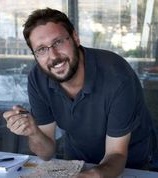 Dr Yannis Galanakis is a Senior Lecturer in Classics (Classical Art & Archaeology). Yannis specializes in Aegean archaeology, with a particular interest in the Late Bronze Age societies and the integration of material, textual, historical and scientific-based research. Before joining Cambridge, he was the curator for the Aegean collections and the Sir Arthur Evans Archive at the Ashmolean Museum in the University of Oxford, where he led the team that installed the permanent gallery of the ‘Aegean World’ and the digitization of the museum’s Linear B tablets from Knossos using Reflectance Transformation Imaging technology.
Dr Yannis Galanakis is a Senior Lecturer in Classics (Classical Art & Archaeology). Yannis specializes in Aegean archaeology, with a particular interest in the Late Bronze Age societies and the integration of material, textual, historical and scientific-based research. Before joining Cambridge, he was the curator for the Aegean collections and the Sir Arthur Evans Archive at the Ashmolean Museum in the University of Oxford, where he led the team that installed the permanent gallery of the ‘Aegean World’ and the digitization of the museum’s Linear B tablets from Knossos using Reflectance Transformation Imaging technology.
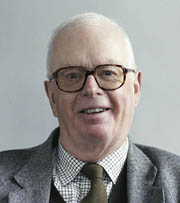
Professor John Killen is one of the world's leading experts in the interpretation of the Linear B tablets. He has written a great many articles which, through their combination of linguistic, archaeological, epigraphical and economic/historical expertise, have made a unique contribution to our understanding of the documents and the Mycenaean economy. He was a pupil of the late John Chadwick (who collaborated with Michael Ventris in the decipherment of Linear B), and has played a leading role in the publication of the Corpus of Mycenaean Inscriptions from Knossos and of the standard edition of the Knossos tablets in transcription. He is still very actively engaged in research in the Faculty.
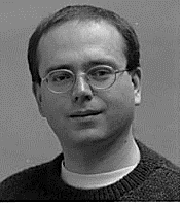
Dr Torsten Meißner is a specialist in Mycenaean and Greek linguistics. A comparative philologist by training, he has widely published in this area. Although concentrating on linguistic questions, he always takes a broader view and integrates data from all areas of Mycenaean studies so as to arrive at a comprehensive picture.
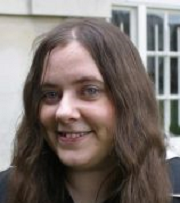
Dr Philippa Steele is PI and Director of the ERC Funded CREWS project (Contexts of and Relations between Early Writing Systems). Previously a British Academy Postdoctoral Fellow at the Faculty, she has worked on projects focused on the ancient Eastern Mediterranean, and regularly lectures for undergraduate and graduate courses related to the Mycenaean documents as well as Greek and Latin linguistics. She has published widely on Mycenaean epigraphy and economy, the development of Aegean writing systems and the languages and scripts of ancient Cyprus.
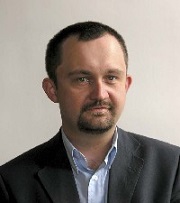
Dr Rupert Thompson is a Senior Lecturer in Classics (Philology and Linguistics) and a Fellow of Selwyn College.
